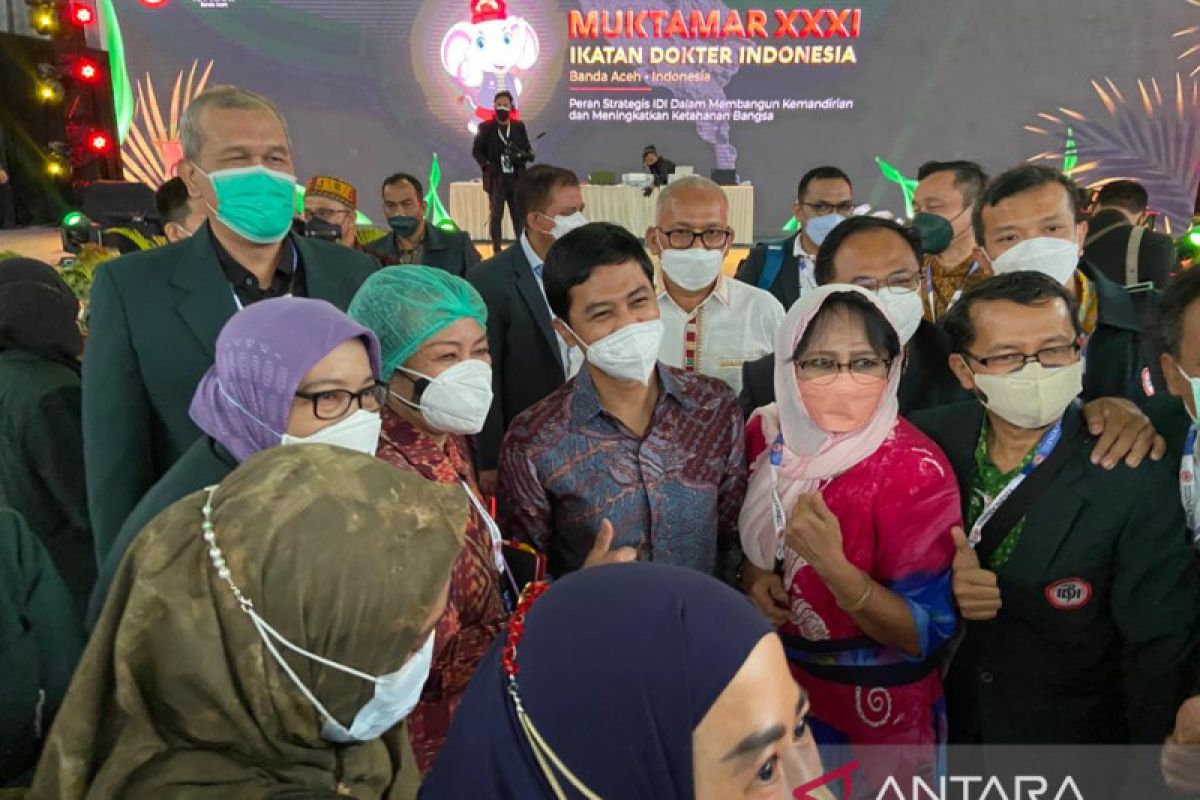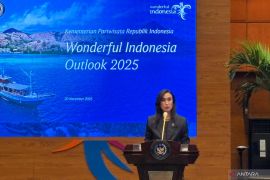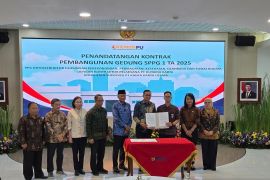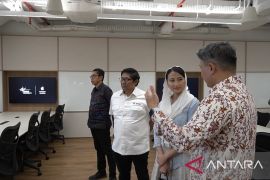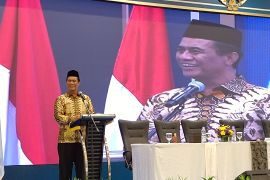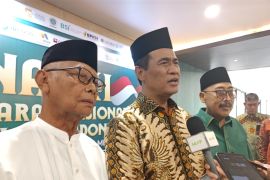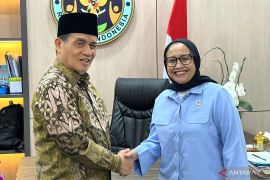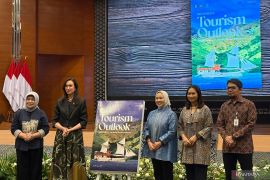"The ultrasound equipment will be used by general practitioners throughout Indonesia to detect the baby's development at community health centers," Deputy Minister of Health Dante Saksono Harbuwono stated here on Thursday.
Harbuwono conveyed the statement at a public lecture at the 31st Congress of the Indonesian Doctors Association (IDI) and the 22nd Congress of the Indonesian Doctor's Wives Association (IIDI) in Banda Aceh.
The distribution of ultrasound equipment is part of the ministry's health transformation program for primary health services that aims to prevent maternal and child mortality. The transformation of primary services also focuses on early detection of stunting and wasting.
Harbuwono noted that the government continued to make efforts in a bid to reduce stunting prevalence, improve the health of mothers and children, and enhance antenatal care, including by distributing ultrasound equipment.
Later, every community health center will be provided with ultrasound equipment, he remarked.
The government will also provide training to general practitioners at community health centers, so that they can use ultrasound equipment properly.
The deputy minister noted that so far, most maternal deaths occurred in hospitals since referral for child delivery was late, thereby necessitating first treatment from the community health center.
"By knowing the gestational age earlier at the community health center, referral to the hospital will be better," he remarked.
Related news: Limited access hindering dental, oral health services: PDGI
The Ministry of Health outlined its commitment to the six pillars of health transformation comprising primary services in the form of handling immunization, health screening, stunting, and Maternal and Child Health (KIA) and Family Planning (KB).
The other pillars are the referral service pillar, specifically the handling of nine priority diseases, with the highest mortality, followed by the health resilience pillar, specifically the research and industrialization of drugs and medical devices in the country.
Furthermore, the health financing pillar focuses on financing based on basic health needs. The other is the pillar of human resources (HR) for health, specifically production and distribution for addressing the shortage of 172 thousand doctors, and the health technology pillar that is realized through the application of digital technology and biotechnology.
Related news: Health Minister seeks to optimize technology in health services
Translator: Khalis Surry, Raka Adji
Editor: Rahmad Nasution
Copyright © ANTARA 2022
